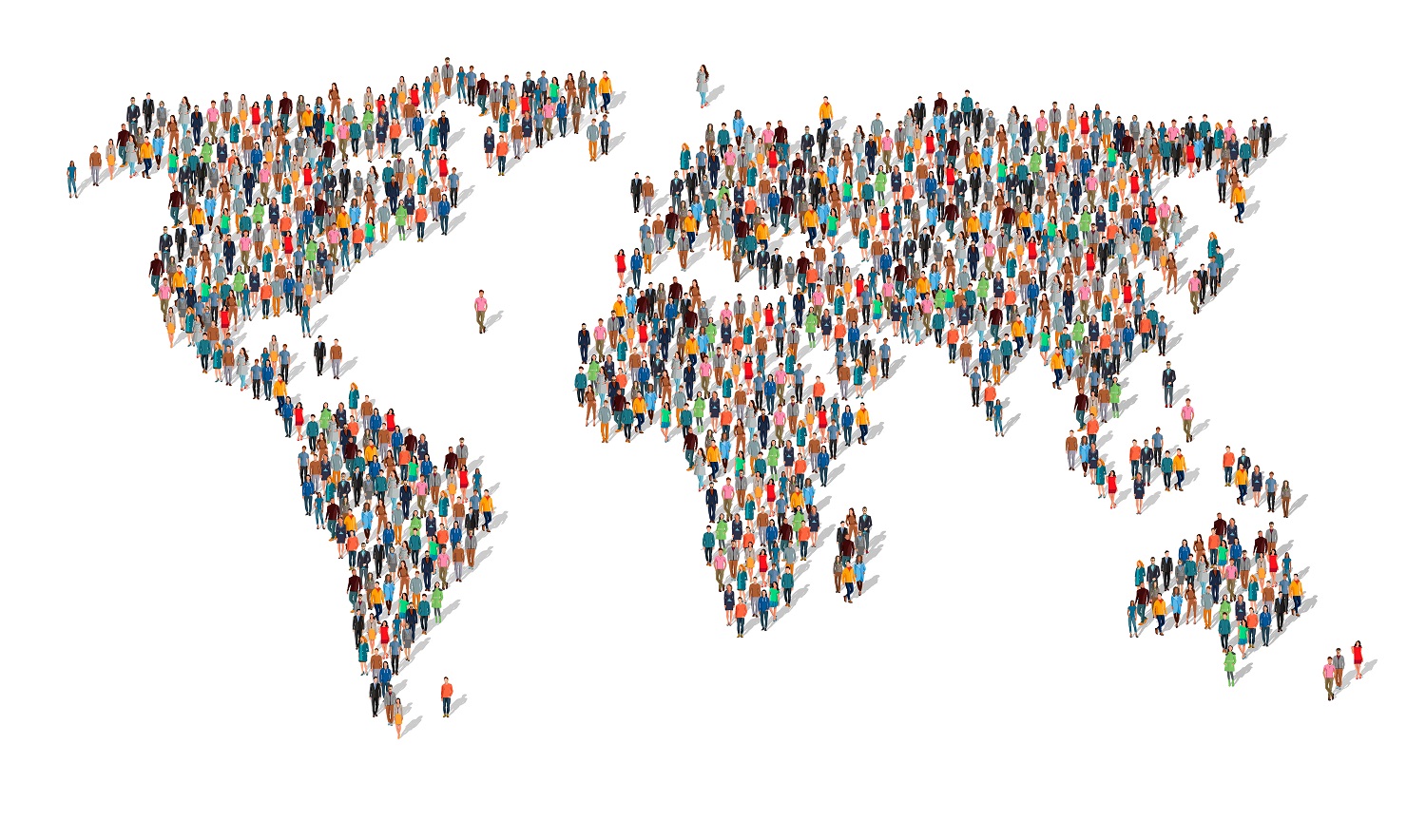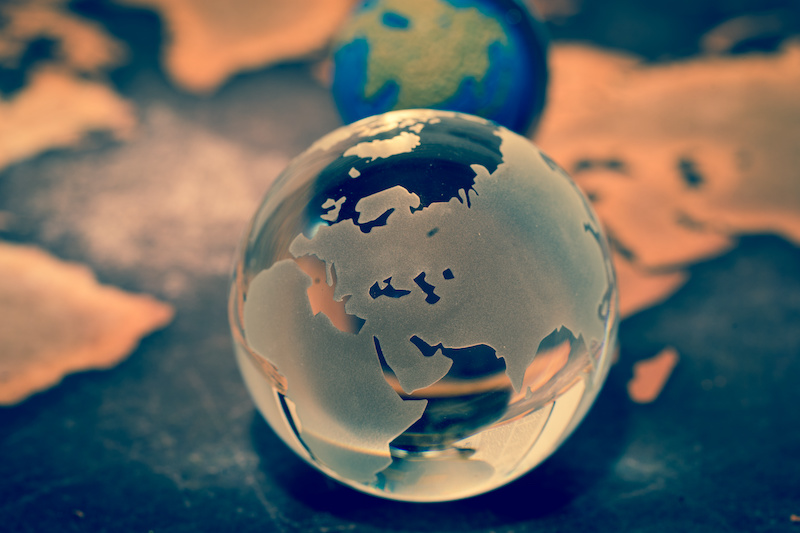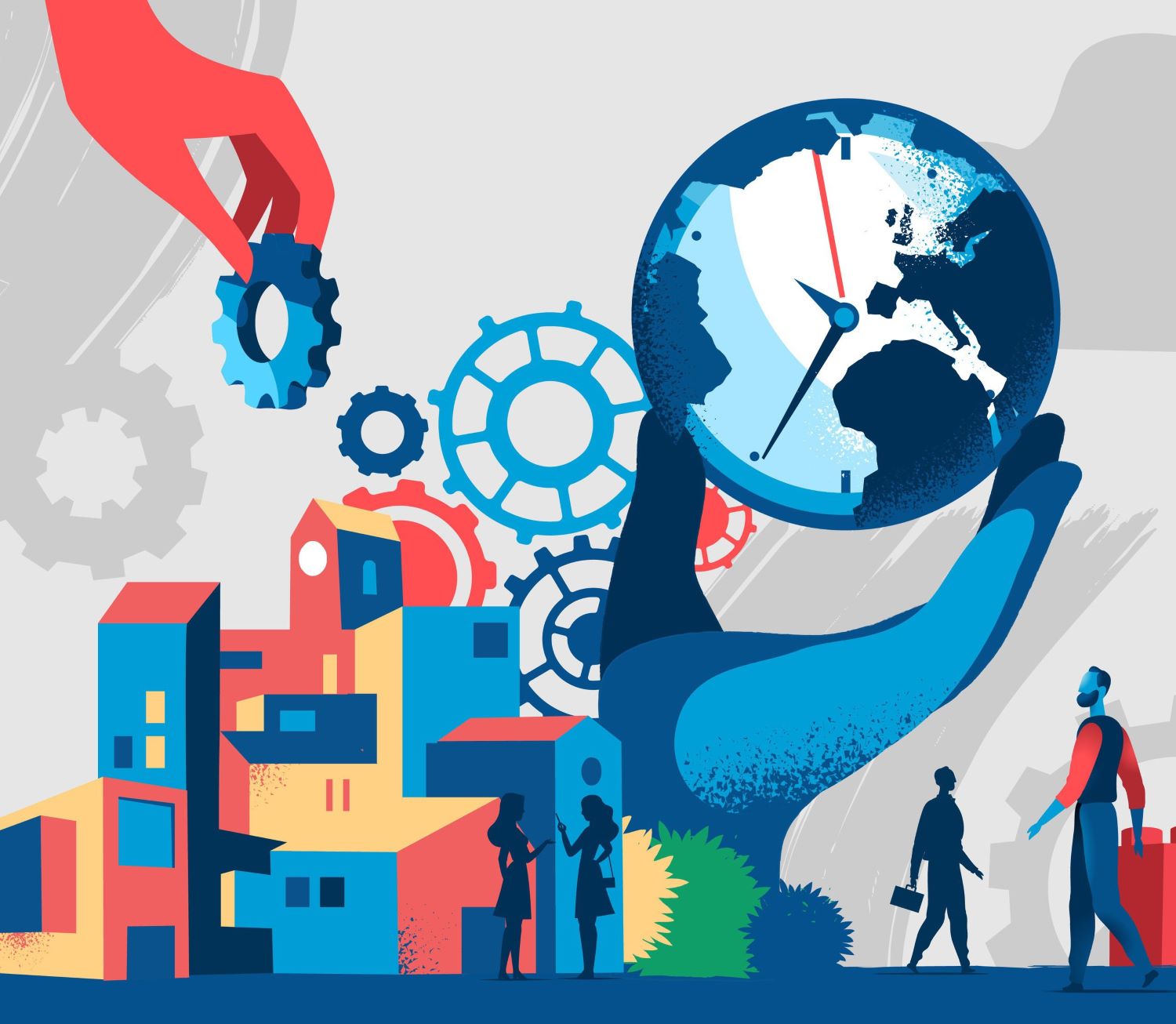Recommended

Event
HYBRID
April 18, 2024 9:00—10:00 AM ET / 2:00-3:00 PM BSTAt a time when global challenges appear daunting and geopolitical rivalries are rising, it is useful to remind ourselves that the past 75 years have seen more improvement in the human condition than ever before. Fifty years ago, half the world lived in extreme poverty, today it is less than one in 10. Average life expectancy has nearly doubled in the developing world, and the number of children who die before reaching their fifth birthday has fallen by more than half since 1990. And electricity, running water, and modern sanitation were luxuries for the rich, not conveniences for the many.
This progress happened mainly because of policies adopted and actions taken domestically within poor countries, but it was aided by scientific discoveries, a rules-based international economy, and the financial support provided by rich countries as international development assistance, or “aid“—$223 billion at the end of 2023. Aid programs don’t always succeed, but there is ample evidence that millions of lives have been saved or improved by the timely and effective deployment of development assistance.
But for aid to remain a valuable instrument it will need to adapt to the changed landscape for international cooperation and the growing importance of cross border issues, like climate change and pandemics, which threaten both the conditions for development and our shared prosperity.
In the 1960s (when Western countries first started providing aid on an organized basis), it made analytical sense to divide the world into developed and developing countries. While such terms are still used today, they do not reflect realities. China, officially still a developing country, is as wealthy as many European countries. India has a larger middle class than the US. Brazil, Türkiye, and Indonesia are middle-income countries that face very different problems than Somalia, Haiti, or Niger. Many of the richer developing countries have themselves become providers of international support, with at least 35 middle-income countries regularly providing development cooperation.
Instead of “developed” and “developing” we should consider a spectrum of countries facing different development challenges. Tackling extreme poverty must remain a core objective, but this occurs increasingly in a context of fragility and armed conflict. According to the World Bank, fragile and conflict-affected countries will be home to 60 percent of the global extreme poor by 2030. The rest of the extreme poor will overwhelmingly be within marginalized communities and regions in countries that are doing much better overall. In the former case, aid remains essentially the only source of available international funding and thus a crucial tool for alleviating humanitarian needs and fostering lasting development.
Alongside the traditional focus on poverty, aid budgets face growing demands from other threats and challenges that transcend borders. We are currently in the midst of the the fastest and largest displacement crisis since World War II. Discrimination and persecution, food insecurity, a lack of economic opportunity, and the impact of climate change have left 110 million displaced either within their own country or across borders. As a result, increasing parts of aid budgets are being allocated to deal with the symptoms of humanitarian crises and displacement—including hosting refugees in aid providing countries. Between 2012 and 2022, the share of ODA allocated to these needs increased from 10 percent to 25 percent.
A more fundamental shift is the use of international assistance to address global problems which impact us all. The COVID-19 pandemic made us realize that no one would be safe until the pandemic was contained everywhere. Investing in preventing, or reducing the severity of the next pandemic—and there will almost certainly be one within our children’s lifetime—is a critical international priority with benefits for people in developing and developed countries alike.
Climate change and the loss of nature is another pressing global problem which can only be solved if both rich countries and developing countries do their part. All countries have committed to get to net-zero emissions by the middle of this century, but developing countries face the added burden of doing so while delivering higher living standards and energy use to their populations. Helping developing countries adapt to the impact of climate change and to shift their future development onto a greener, low-carbon path is already taking up 33 percent of the global aid budget, and that share is only likely to increase.
Few people would dispute the need to invest in a stable climate, pandemic preparedness, biodiversity, the governance of AI, and addressing conflict and fragility, or other priority global common goods. No one can achieve them alone. They concern everyone, and we must invest in them together.
However, to do so with coherence, accountability, transparency and value for money requires us to modify the way we define and account for aid and other international development efforts. A new way of providing aid—let's call it “Aid 2.0”—is needed on top of the approach we already have. Aid 2.0 must start from the principle that we spend scarce public resources on distinct global challenges and that the motivation and effectiveness of this spending need to be set out with clarity and transparency. Solidarity and common interests are both legitimate reasons to spend public money outside rich country borders, but it is not helpful to dress one up as the other. It damages the credibility of ODA and erodes trust with partners who can see through the increasingly strained efforts to align the rhetoric and the reality of how aid funds are spent. It is crucial, on the one hand, to firmly guarantee public resources for solidarity with the most vulnerable, and, on the other hand, to invest ambitiously with the private sector in climate and other public goods to protect our common interests. This is the 2015 message: leave no one behind and implement SDGs.
A new framework would need to recognize that combating the climate crisis and generating economic development can be mutually reinforcing. The long-term growth opportunities for developing countries lie in a greener model of development, not getting stuck in old industries producing goods that will become harder to sell. And all climate-related aid will work only if it considers the context and imperatives of development.
A new framework will also recognize that it is only a small part of the overall development financing picture and will need to be supplemented by other public and private investments in sustainability and climate solutions. Despite the potential and the promise of private flows, the results to date have been disappointing: between 2018 and 2020, only about 15 percent of private finance mobilized went to the least developed countries. Blended finance has a role to play but careful analysis should ensure that scarce ODA is not used as an easy alternative to policy improvements or risk mitigation techniques that would have a more sustainable impact on raising private flows. The Finance in Common forum (FiCS) is an innovative effort to frame this new framework.
Aid 2.0 also needs to make much more systematic use of the vast evidence base and innovation on maximizing development impact and value for money. If all aid was directed towards measures/interventions that we know work, the overall impact would be far greater.
And finally, Aid 2.0 needs to be far bigger and more inclusive. We recognize that politicians face tough fiscal choices and pressure from constituents to spend more on pressing domestic problems. But we can’t escape the facts: If we are to take our own global goals seriously, more countries–both rich and middle-income—need to provide far more funding.
There is a rational and legitimate reluctance to revisit well established narratives and carefully constructed compromises and methodologies of what qualifies as ODA in agreed international definitions. But we believe that the time has come for an open and unconstrained conversation on the values and objectives that drive donor spending on international cooperation. We think such a conversation could restore trust between the so-called Global North and the Global South. Eventually we believe this will result in a strengthening of public support for much-needed international cooperation.
The Center for Global Development receives funding from Agence Française de Développement (AFD) and the Norwegian Agency for Development Cooperation (Norad).
Disclaimer
CGD blog posts reflect the views of the authors, drawing on prior research and experience in their areas of expertise. CGD is a nonpartisan, independent organization and does not take institutional positions.
Image credit for social media/web: THINK b / Adobe Stock






